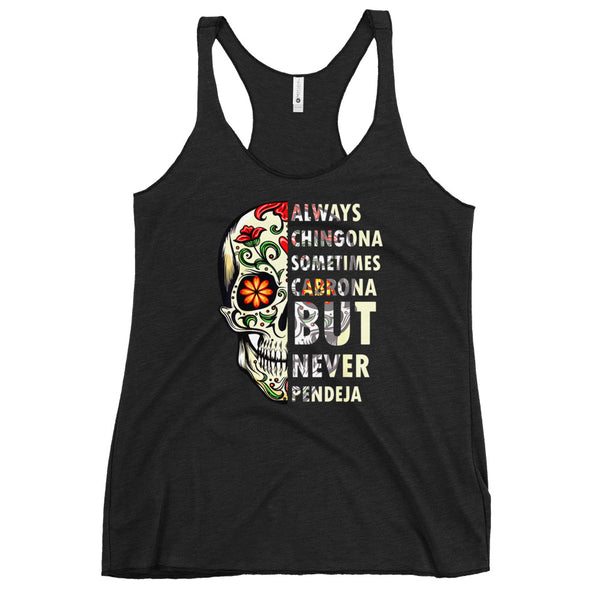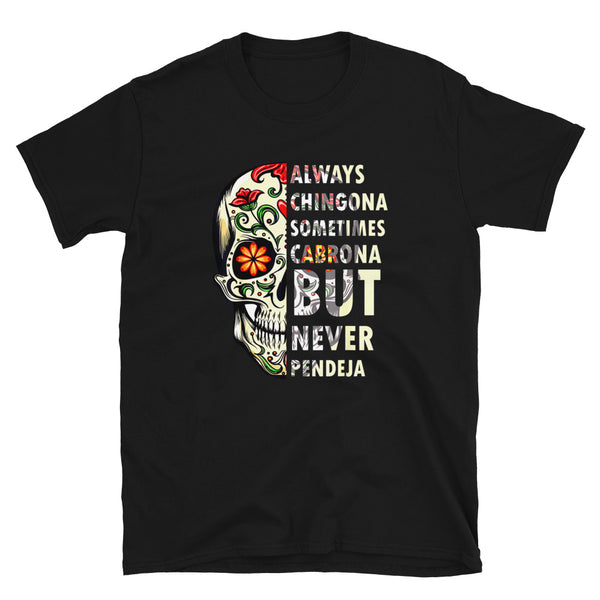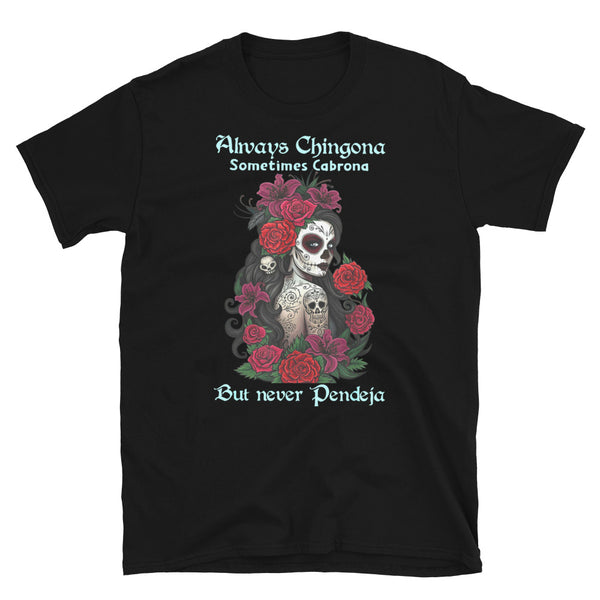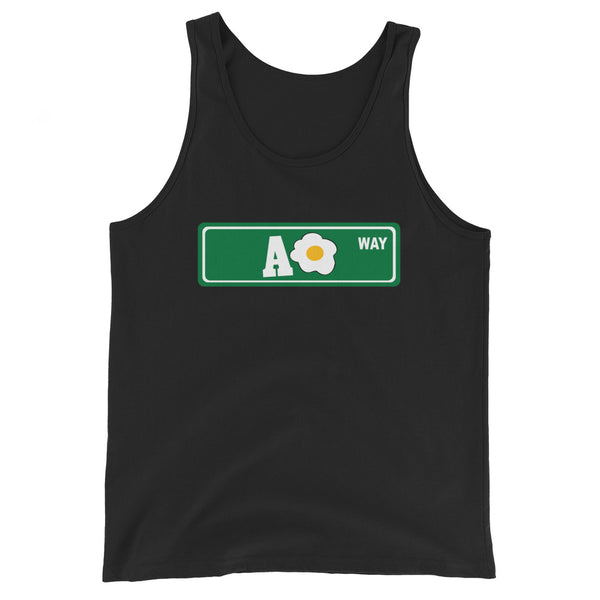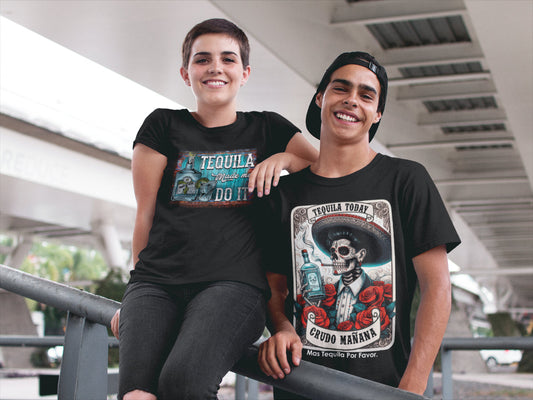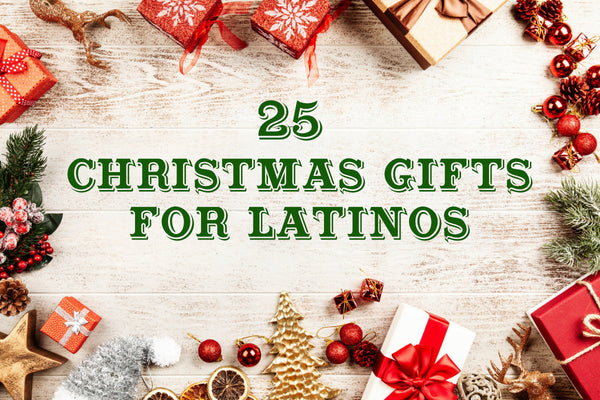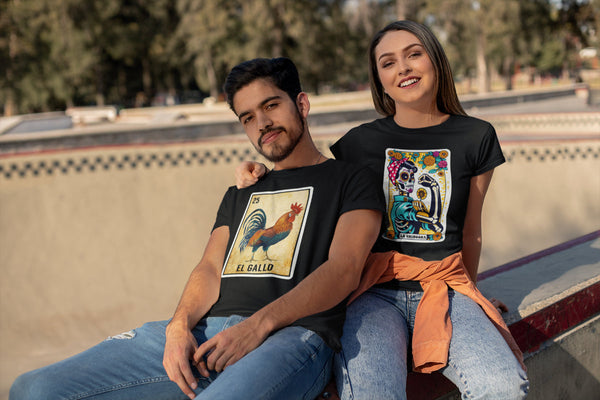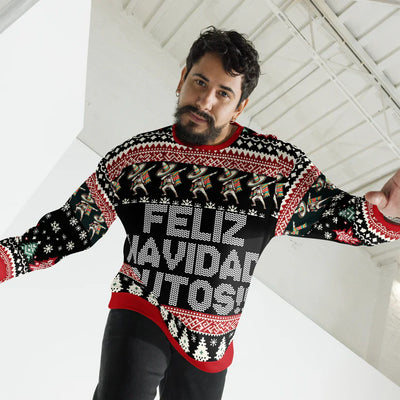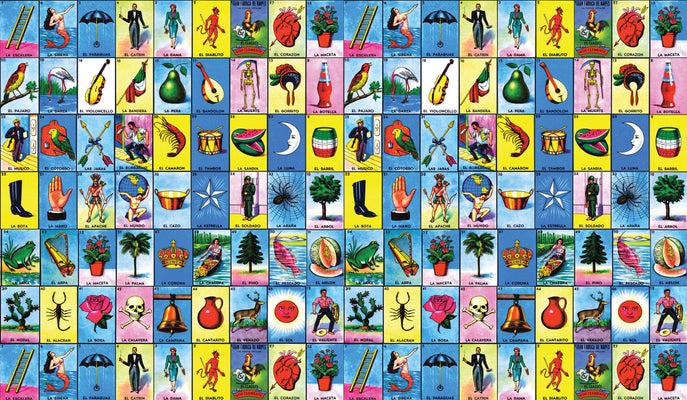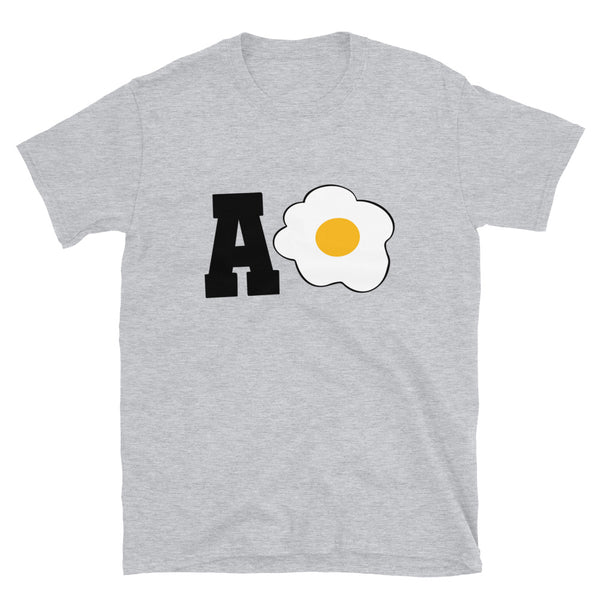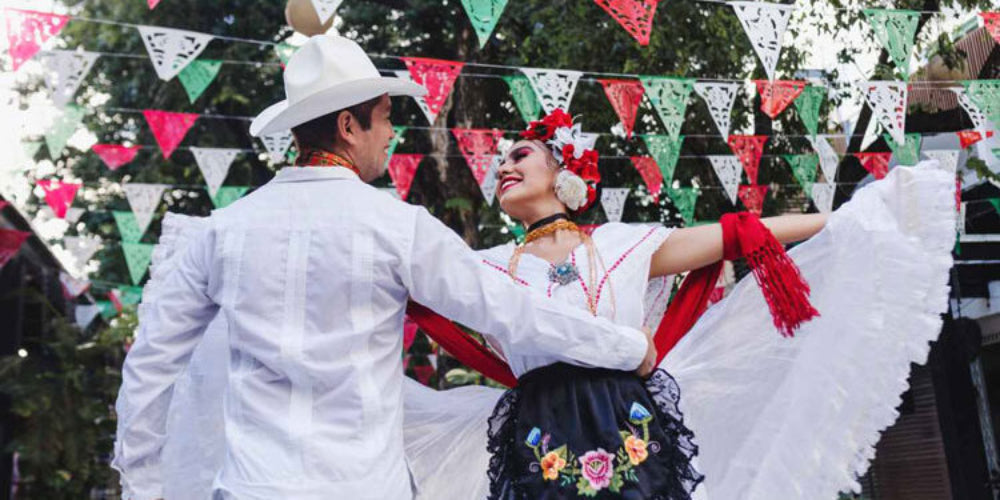
What is a Jarocho? Exploring the Rich Culture of Veracruz, Mexico
Share
Mexico is a land of vibrant cultures, diverse traditions, and deep-rooted history. One such cultural gem is the Jarocho.
Jarocho term that carries significant meaning in the heart of Veracruz. Veracruz is a coastal state along the Gulf of Mexico.
But what exactly is a Jarocho? Is it a person, a music style, or something else entirely? In this post let’s explore the rich heritage behind this term and why it remains an essential part of Mexican identity.
The Meaning of "Jarocho"
At its core, the term Jarocho refers to people from the southern region of Veracruz, particularly around the city of Tlacotalpan and nearby areas.
Historically this word has been used to describe those who embody the lively and colorful traditions of this coastal region.
Like we discussed Mexican Loteria history in previous post, I would say that being Jarocho is more than just a geographic identity, it is also a culture and lifestyle related to music, dance, and way of living life.
Son Jarocho: The Rhythmic Heartbeat of Veracruz
One of the most famous cultural expressions of the Jarocho identity is Son Jarocho. It is a traditional music style that blends indigenous, African, and Spanish influences. Son Jarocho is characterized by:
-
Jarana Jarocha – A small guitar-like instrument with a rhythmic sound.
-
Requinto – A higher-pitched stringed instrument used for melodic improvisation.
-
Harp and Percussion – Often included to enrich the music's depth and energy.
-
Zapateado Dancing – A rhythmic, percussive foot-stomping dance performed on a wooden platform called a tarima.
If you are wondering then the most well-known Son Jarocho song is La Bamba. It is a folk tune that gained worldwide recognition thanks to Ritchie Valens’ rock adaptation in the 1950s.
This traditional La Bamba has been an integral part of Veracruz's Fandango celebrations.
During this celebration musicians, dancers, and singers meet together in a communal expression of joy and tradition.
The Jarocho Attire: A Symbol of Elegance and Identity
Traditional Jarocho attire is another striking feature of the culture. Women, known as Jarocha, typically wear:
-
White lace dresses with flowing skirts.
-
Rebozos (shawls) draped elegantly over the shoulders.
-
Colorful ribbons and flowers adorning their hair.
Shop Gifts for Latinos
House of Locos$29.99$28.99
Men, or Jarochos, dress in:
-
White guayabera shirts and pants.
-
A red bandana tied around the neck.
-
A wide-brimmed hat, completing the coastal style.
This attire is most commonly seen in fiestas, festivals, and performances. You will likely to get closer to Jarocho culture.
Afro-Mexican Influence in Jarocho Culture
A significant and often overlooked aspect of Jarocho identity is its deep Afro-Mexican roots.
For those who doesn’t know about Veracruz then it was historically a major port where African slaves arrived during colonial times.
Over the period of time in past, African culture’s rhythms, dance, and musical traditions blended with Spanish and Indigenous and as aresult Son Jarocho customs were created.
This Afro-Mexican heritage remains an essential part of Jarocho culture today.
Jarocho in Modern Times
Despite its deep roots in tradition, Jarocho culture is far from being a thing of the past.
In fact Today, the way Mexican Loteria T-Shirts have taken place in modern fashion industry, same way Son Jarocho music is experiencing a global recognition and popularity as artists are blending it with contemporary styles like jazz, rock, and hip-hop.
Festivals such as the Fiesta de la Candelaria in Tlacotalpan continue to celebrate Jarocho traditions where thousands of visitors come from around the world.
Additionally, the term “Jarocho” is still commonly used as a proud identity among Veracruz natives, representing not just their birthplace but their connection to a rich, multiethnic heritage.
A Jarocho is a reflection of Mexico’s diverse cultural history, blending Indigenous, Spanish, and African traditions into something truly unique.
Today Jarocho tradition is part of Mexican culture through music, dance, clothing, or identity.
So, next time you hear La Bamba or see a lively Zapateado dance performance, remember the vibrant and enduring legacy of the Jarocho people.

